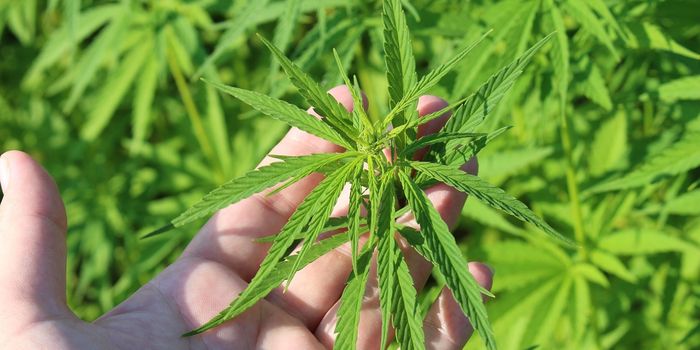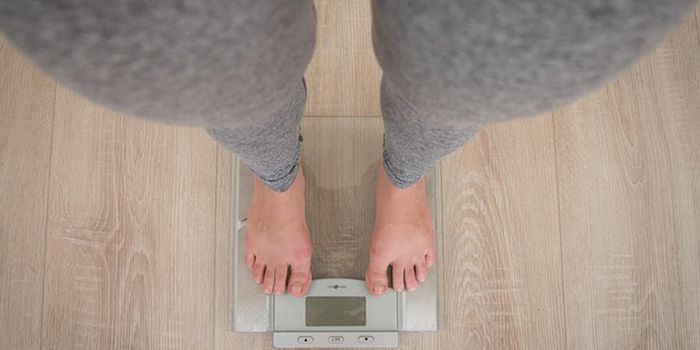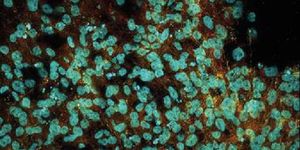The Best Exercise for Type 1 Diabetics
A new study published in the American Journal of Cardiology has shown that continuous aerobic exercise and interval aerobic exercise have different impacts on blood sugar for people with type 1 diabetes.
The study included 19 participants with type 1 diabetes. The participants were randomized into two crossover groups that completed 30 minutes of either continuous aerobic exercise or interval aerobic exercise. The interval aerobic group completed alternating one-minute exercise intervals at 40% and 60% of their estimated maximal oxygen consumption, while the continuous group steadily exercised at 50% of their estimated maximal oxygen consumption. Cardiovascular and glycemic responses, including heart rate, blood pressure, and blood glucose levels were measured before, immediately after, and 20 minutes after completing each form of exercise. Additionally, rates of perceived exertion and enjoyment of the exercises were measured.
The results showed that rates of perceived exertion and enjoyment were similar between the two types of exercise and did not vary based on participant gender. Similarly, cardiovascular factors such as heart rate and blood pressure did not change significantly based on type of exercise or participant gender. However, blood glucose levels varied between and types of exercise and seemed to be related to the gender of the participant. Men showed reductions in blood glucose levels both immediately after and 20 minutes after completing the continuous aerobic session, and their blood glucose levels were also reduced immediately after completing the interval exercise. In contrast, women only showed reductions in blood glucose levels after completing the continuous exercise session.
The authors stated that these results may be useful when prescribing exercise for patients with type 1 diabetes. Depending on your gender and the direction you would like your blood sugar to go (up, down, or neutral), interval training or continuous exercise may better suite your needs.
Sources: American Journal of Cardiology, Science Daily








